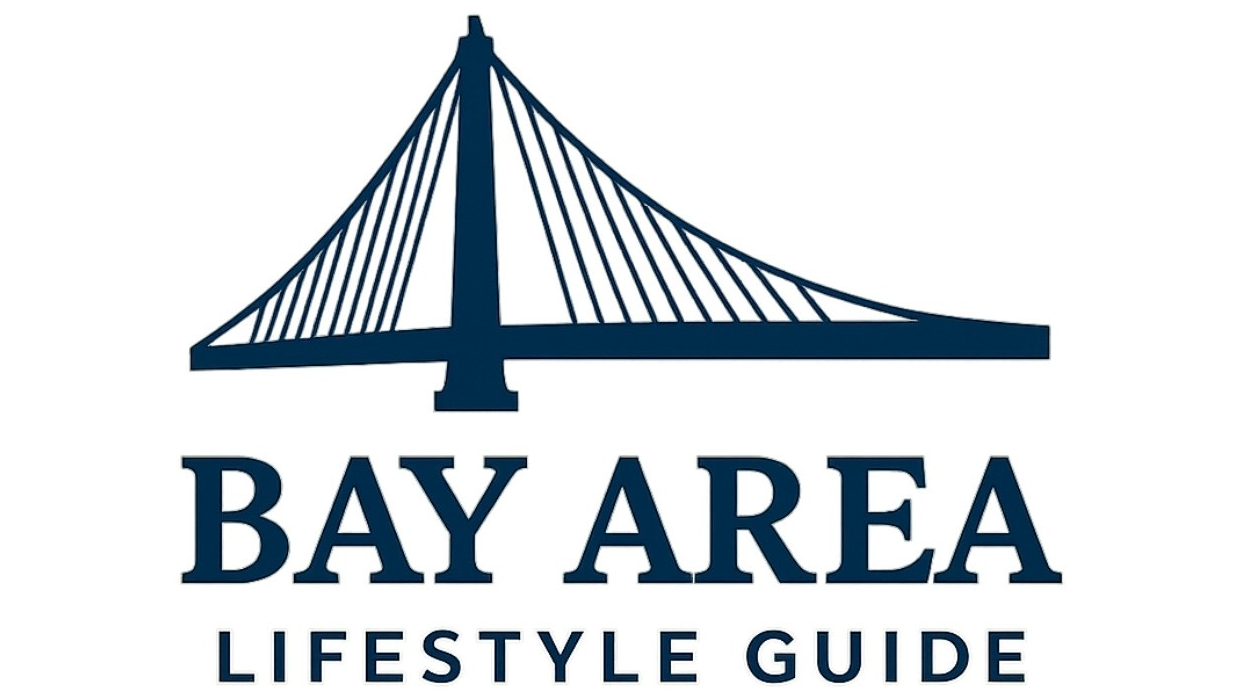
A Controversial Decision: The Battle to Save Hope the Bear
In the picturesque backdrop of Lake Tahoe, a fierce battle is brewing over the fate of a beloved mother black bear, affectionately known as Hope. Beyond the scenic vistas, residents are coming together to champion Hope’s cause, pitting their love for wildlife against the regulations designed to manage bear populations in light of growing human-wildlife interactions.
The Human-Bear Conflict: What Led to the Call for Euthanasia?
Hope’s troubles began after a series of reported break-ins at homes in the Tahoe area. The California Department of Fish and Wildlife classified her as a "problem bear", a label that puts her life at risk. Unfortunately, the continuing incidents of bears rummaging through human homes have sparked a heightened sense of urgency among wildlife officials. Ann Bryant, Executive Director of the Bear League, conveyed the community's frustrations, exclaiming, "It’s just heartbreaking that they’re going to kill her and orphan him [her cub], and upset an entire community." This emotional plea highlights the deep-seated connections residents have with their local wildlife, illustrating the intricacies of human-animal relationships.
A Community’s Outcry: Why Hope Matters
The backlash against the euthanasia proposal has resonated throughout the Tahoe community, prompting both casual residents and committed advocates to rally together. Signs advocating for Hope have become common sights across neighborhoods, an emblem of defiance against bureaucratic coldness. This grassroots movement embodies the community's conflict between safeguarding their human spaces and preserving the bear’s life. Many are voicing that a bear designated as problematic should not face death for merely responding to its environment. "We offered to pay for all the expenses and help in any way we can help get her trapped and keep them together," stated Bryant, emphasizing the willingness of many to seek alternatives.
The Importance of Rehabilitation and Relocation
While wildlife officials believe that the euthanization of Hope may provide the best shot at rehabilitating her cub, they may be overlooking the powerful impact of a community that desires to protect its wildlife. Advocates argue that relocation is a preferable, if not perfect, solution. Euthanizing an animal is a permanent decision, whereas rehabilitation offers a second chance, not only for Hope but for Bounce, the cub rooting for his mother’s safety. This inclination towards humane treatment in wildlife management poses questions about the responsibilities humans have as caretakers of shared spaces with local fauna.
Reflections on Human Responses to Wildlife Interactions
This scenario in Tahoe serves as a microcosm of our broader relationship with nature. As we encroach further into animal habitats, it’s crucial to reflect on our responsibilities. The common advice to keep doors and windows locked may minimize interactions, but it shouldn’t come at the cost of innocent lives. Building awareness around bear behavior and fostering coexistence is essential for both wildlife and community health.
Educational Opportunities for Residents and Visitors
In light of this ongoing conflict, organizations like the Bear League are ramping up their efforts to educate community members on effective wildlife interactions. Workshops focusing on bear-proofing homes and understanding bear behavior can empower residents to mitigate the situation proactively rather than reactively. For tourists, this presents an opportunity to engage in meaningful discussions about conservation and animal welfare, which could help frame their experiences with the majestic Tahoe ecosystems.
Looking Forward: A Call for Community Action
The situation surrounding Hope the bear asks more from all of us than passive compliance with policy — it calls for active community engagement. This is a chance for residents of Lake Tahoe and beyond to advocate for wildlife, pushing for humane treatment and rehabilitation instead of punishment. It should prompt local authorities to reconsider approaches to wildlife management, focusing instead on education and cohabitation strategies.
If you are moved by Hope’s story and want to help protect her and the vital wildlife in your community, consider reaching out to organizations like the Bear League or participating in local wildlife conservation efforts. Every voice matters in the fight for kindness and understanding in our shared spaces.
 Add Row
Add Row  Add
Add 



Write A Comment